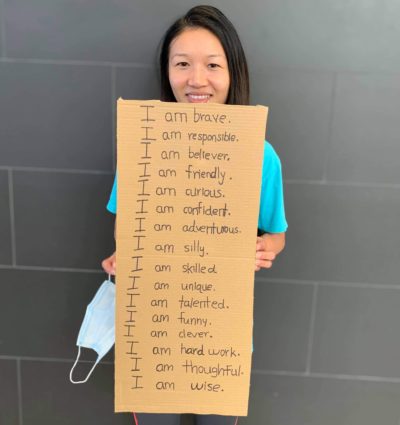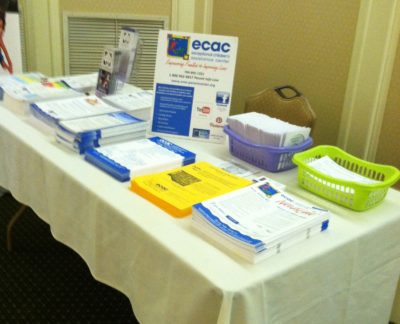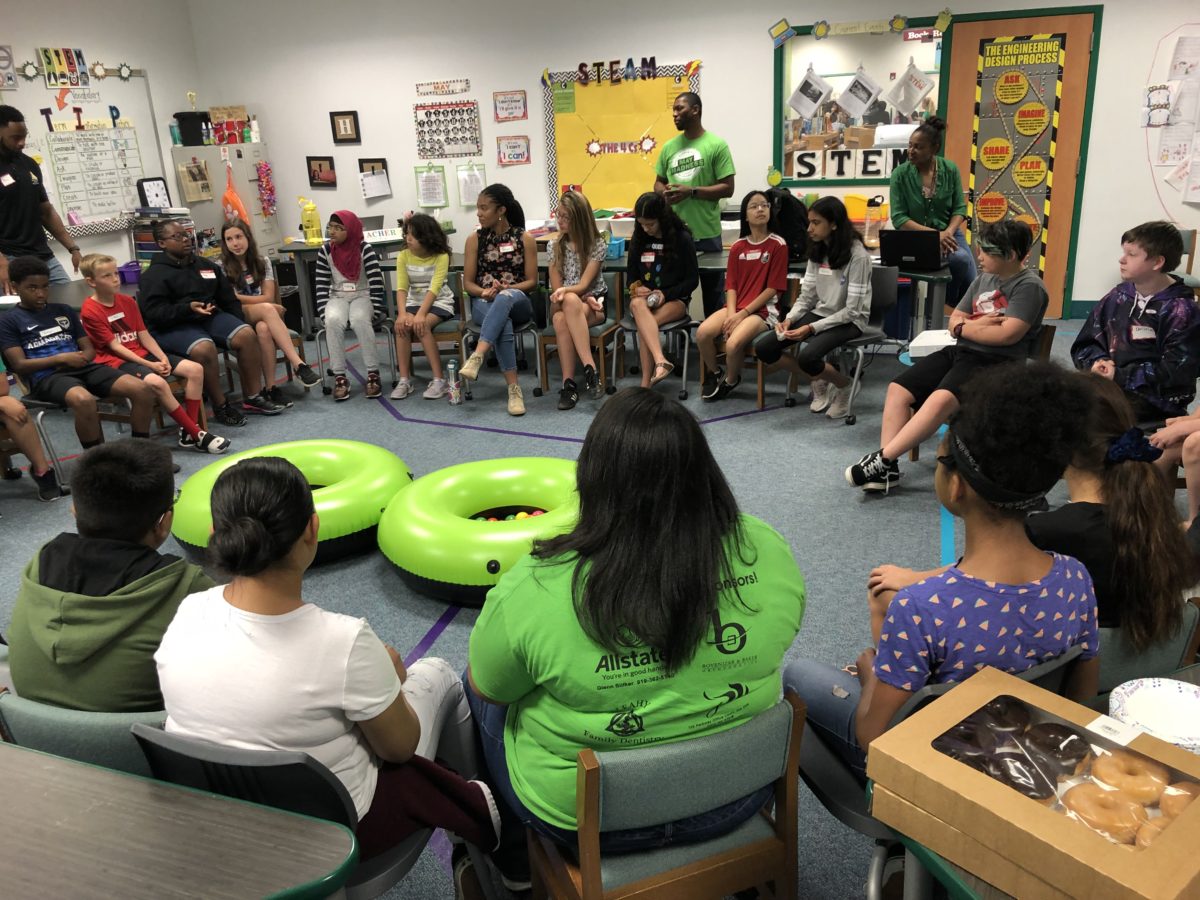

Where can Black boys be free?
Many of my Black male students struggle to answer this question. Some respond and say that it is in the arms of their mothers that they feel safe. Others respond and say that they feel free when they are surrounded by Black people. Another response to this question is, “I feel free in classrooms in which my teacher is a teacher of color.” It is in these classrooms where they feel safe to be themselves and feel that they have the freedom to speak openly.
It is interesting to me that they often equate the word “safe” with the word “free.” When I began to dig deeper and ask follow-up questions, it became apparent that Black male students can express what freedom looks like with ease yet struggle to name a physical space where they can be free or even see themselves as being free.
Eleven years ago, I began my educational journey as an elementary school teacher with the drive and passion to improve the lives of all children. I focused much of my energy and time on developing interpersonal relationships with my students, especially my Black male students. Why? Because I spent the majority of my K-12 educational career in classrooms where I witnessed my Black male peers and brothers become victims of spirit murdering, stereotyping, and prejudgments.
Echoing the sentiments of Paulo Freire and bell hooks, I desired to empower my Black male students to have a voice, embrace their culture, and to become fully human. So, on both the first and last day of class, I asked my Black male students: “Where do you feel free, free to be yourself, free to ask questions and give answers?”
Each year, my Black male students initially struggle to answer this question. However, by the end of the year, their emotions are bittersweet. They are excited to enter the next grade level, feeling fully equipped to participate in their own learning. However, they are also saddened to leave my classroom because they considered it to be a physical space where they were liberated.
Initially, their responses warmed my heart, because I felt that I had accomplished my goal of building strong relationships and community. As this trend continued year after year, I realized that the responses of my Black male students were too consistent. In fact, their consistency spurred me to dig deeper and ask for more detail. Many of the students shared that in my classroom, they felt like I understood them, challenged them, and encouraged them to give their very best. One of my students shared: “Mrs. Harris, you look like me, you get my jokes, you like my music, and just remind me of my family.” At an elementary level, this student was bringing to light the importance of embracing culture within the four walls of the classroom.
I collected and used their reflections to compare how their responses changed over the course of the year. I found that the incorporation of culturally responsive teaching allowed for all my students to make academic growth, become culturally competent, and develop their sociopolitical consciousness.
My time as an educator has brought to light three W’s that can bridge the academic achievement gap between Black males and their counterparts: Watch your bias, walk alongside all of your students, and will you break the cycle?

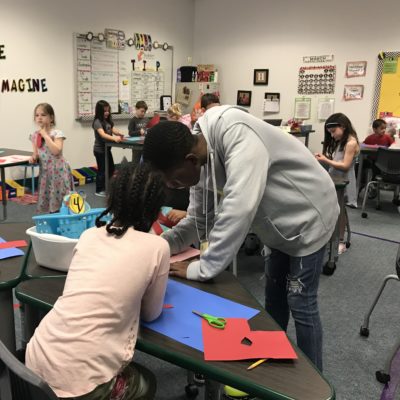
Harris’ students at work. Courtesy of Valencia Harris 
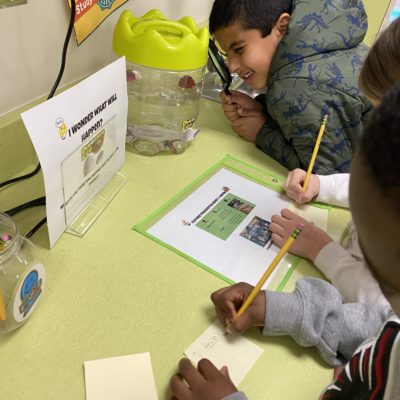
Harris’ students at work. Courtesy of Valencia Harris
Watch your bias
As of 2016, fewer than half of public school students in the United States were white, yet 80% of public school teachers were white. This mismatch between students and teachers draws attention to the necessity of equipping teachers with the tools needed to effectively educate diverse students.
Culturally relevant pedagogy, birthed by Dr. Gloria Ladson-Billings, affords teachers the opportunity to aid in the academic success of students of color. Teachers must participate in critical reflection to reflect on their own biases which unmasks one’s positionality, perspective, and prejudice.
Walk alongside all your students
Educators have the power to boost students’ confidence in feeling that they matter, belong, and can be successful. If Black male students continue to underachieve at disproportionate rates, then we as educators not only fail them but also fail ourselves.
A genuine belief that students can succeed academically regardless of race, gender, and socioeconomic status is the core principle of culturally relevant pedagogy. The power of caring is another crucial contributor to culturally responsive teaching. Students can quickly assess the teacher’s sincerity through the teacher’s attitudes, body language, and expectations. The way students are treated in the classroom is fundamental in creating academic achievement or failure.
Will you break the cycle?
As citizens in the United States, we live in one of the most privileged places in the world, and we take pride in claiming that we are “free” people. Members of marginalized and oppressed groups have a semblance of freedom, however, they are often trapped by the need to assimilate to dominant culture to experience the same privileges and opportunities.
Black males have suffered long enough, and it is vital that educators, scholars, and policymakers come together to fight for the academic success & advancement of Black male students. As a society, we must examine classrooms in which teachers are implementing culturally relevant pedagogy with fidelity to increase the academic success of our Black male students. It is time for our nation to wake up and mandate that all educators across the nation equip themselves with culturally responsive pedagogy that will afford educational equity for all learners.
Will you join me in ensuring equitable education for all students?



